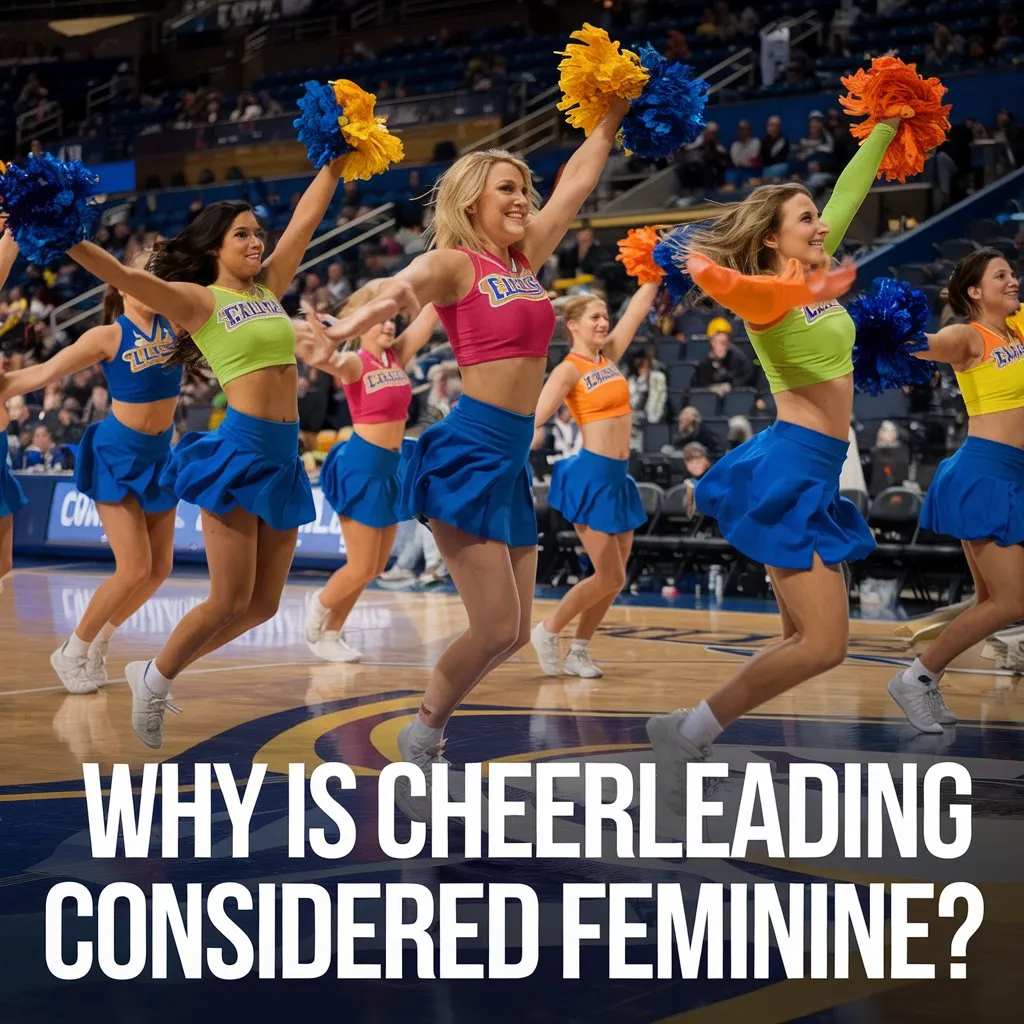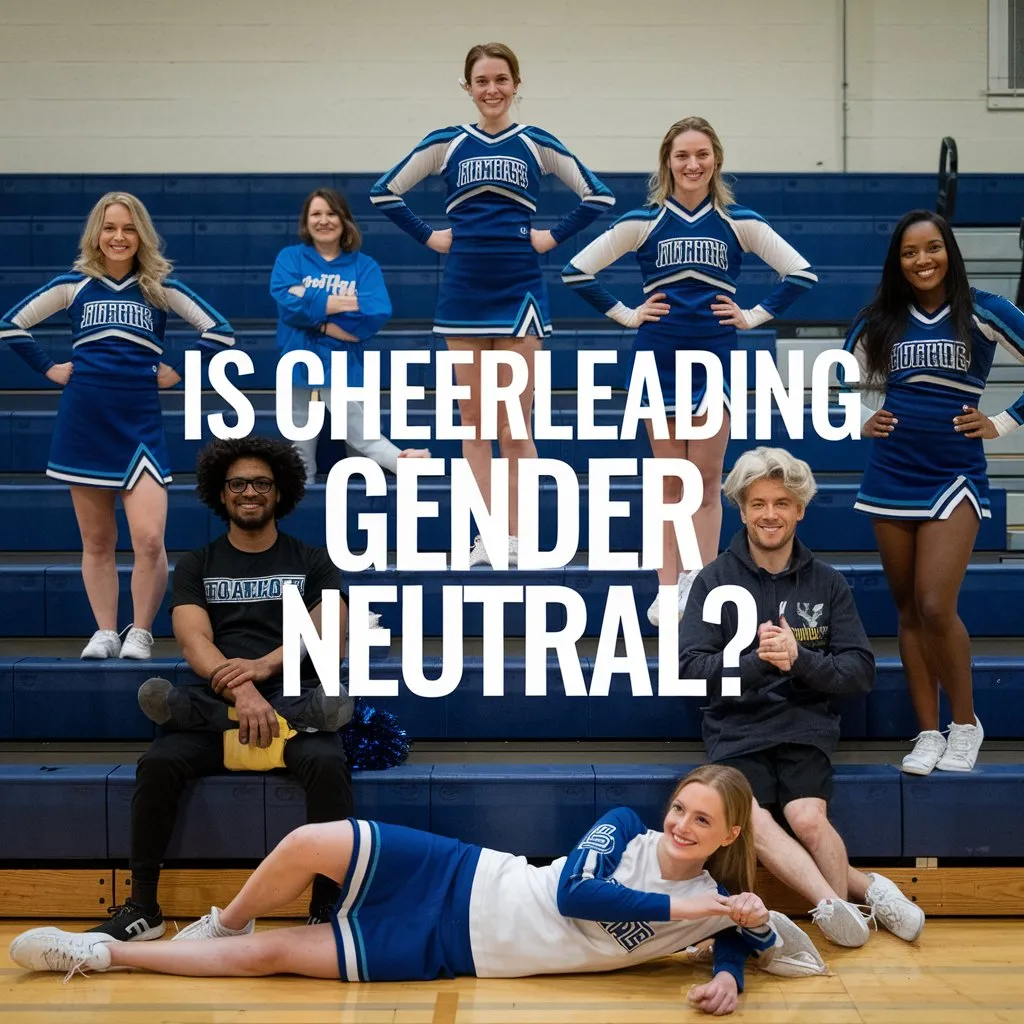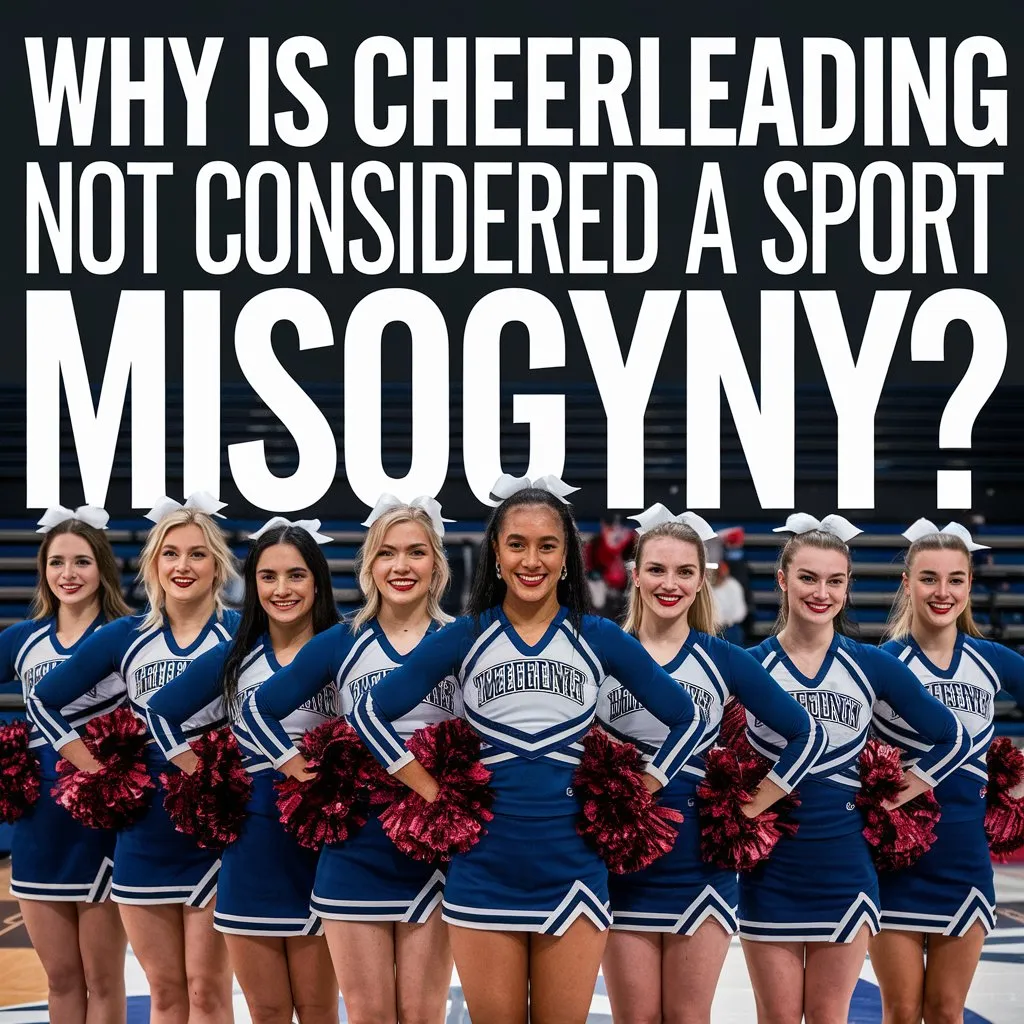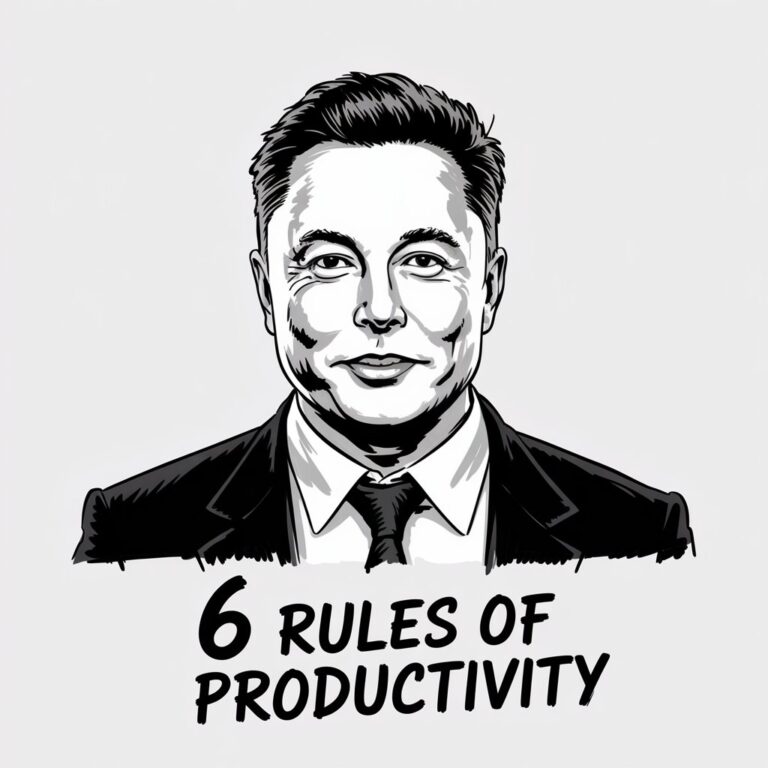Cheerleading, once a male-dominated activity, has evolved into a highly athletic pursuit requiring coordination, strength, and dedication. However, despite the physical and mental demands, cheerleading continues to face widespread debate about whether it should be recognized as a legitimate sport. This ongoing controversy can be linked to societal biases, historical stereotypes, and, crucially, gender discrimination. So, why is cheerleading not considered a sport misogyny? The answer lies in deep-seated gender norms that perpetuate a lack of recognition and respect for activities that are dominated by women.
Why is Cheerleading Not Recognized as a Sport?
Cheerleading has faced considerable resistance in its journey toward being recognized as a sport. One of the primary reasons is its historical association with being a sideline activity rather than a standalone competitive pursuit. Cheerleaders are often seen supporting male athletes during football or basketball games, which relegates the activity to a supportive role rather than one deserving independent recognition.
Despite these perceptions, cheerleading has evolved into a rigorous and highly competitive activity. Today, competitive cheerleading involves complex acrobatics, stunts, and teamwork that rival the athletic demands of recognized sports such as gymnastics or figure skating. Nonetheless, institutional barriers remain. The NCAA (National Collegiate Athletic Association) and other sports governing bodies have been slow to recognize cheerleading as a sport. The lack of consistent, formalized competition structures and widespread recognition keeps cheerleading in a gray area, even though it meets many of the criteria used to define other sports.
The question of why is cheerleading not considered a sport misogyny reflects the deeper issue: sports that are predominantly female, or viewed as feminine, often face more challenges in gaining legitimacy. This disparity exposes the ongoing sexism in how we define and value athletic pursuits.
Why is Cheerleading Considered Feminine?

Cheerleading is often considered a feminine activity due to its strong association with appearance, performance, and support for male-dominated sports. The introduction of cheerleading as a predominantly female activity in the 1940s and 1950s reinforced these gender associations. Cheerleaders were expected to look cheerful, wear revealing uniforms, and present themselves in a way that aligned with traditional notions of femininity.
This emphasis on aesthetics over athleticism has contributed to the perception that cheerleading is a performance art rather than a sport. The uniforms—short skirts, pom-poms, and synchronized dance routines—also emphasize femininity, further distancing the activity from the more traditionally masculine world of competitive sports.
The marginalization of cheerleading is reflective of a broader societal tendency to devalue activities associated with women. In many ways, the answer to why is cheerleading not considered a sport misogyny lies in the persistence of these outdated views of gender roles. Despite the high level of athleticism required, the activity is often dismissed due to its cultural association with femininity, underscoring the gender bias inherent in sports.
What is the Common Stereotype of a Cheerleader?
The stereotype of the cheerleader is one of the most persistent and damaging elements contributing to cheerleading’s struggle for recognition as a sport. Cheerleaders are often depicted in popular media as superficial, overly enthusiastic, and focused more on their looks than their athletic performance. This portrayal is not only inaccurate but deeply sexist. It reduces highly skilled athletes to caricatures of beauty and exuberance.
The media’s portrayal of cheerleaders in films and television further reinforces these stereotypes. Cheerleaders are often shown as high school or college girls whose primary function is to support male athletes, rather than excelling in their own right. This depiction diminishes the hard work and physicality that cheerleaders invest in their craft, contributing to the idea that cheerleading is not serious enough to be a sport.
These stereotypes reflect broader cultural attitudes about women in sports. Activities that are deemed “feminine” or that involve women in supporting roles are often trivialized, while those dominated by men are granted more legitimacy and respect.
How is Sexism Shown in Sports?
Sexism in sports is not a new phenomenon. It manifests in unequal pay, media coverage, sponsorship opportunities, and the overall perception of female athletes. Female athletes often face challenges that their male counterparts do not, including being judged more for their appearance than their skill, receiving less financial support, and being excluded from certain sports entirely.
In the context of cheerleading, sexism is displayed in multiple ways. First, as cheerleading is predominantly female, it is seen as less important than male-dominated sports. Cheerleaders often perform for free or at very low compensation, especially when compared to the high salaries of the male athletes they support. This disparity illustrates the broader issue of sexism within sports culture.
Secondly, the hypersexualization of cheerleaders further diminishes their role as athletes. Cheerleaders are often objectified, with more focus placed on their physical appearance than on their athletic achievements. This sexualization is another reason why cheerleading struggles to be recognized as a legitimate sport, as the focus shifts from athletic performance to gendered expectations.
What Sports Have the Most Gender Inequality?
Gender inequality in sports is pervasive, but it is especially prominent in high-profile sports like football, basketball, and soccer. Male athletes in these sports receive far higher salaries, more media attention, and greater access to sponsorship deals than female athletes. For example, in soccer, the pay disparity between men’s and women’s leagues is substantial, even though women’s teams have achieved remarkable success on the global stage.
Cheerleading, though not typically included in discussions of mainstream sports, faces its own form of gender inequality. Despite being a physically demanding activity, cheerleading does not receive the same level of funding, recognition, or institutional support as other sports. This disparity is especially glaring in the world of competitive cheerleading, where athletes must train rigorously and perform complex routines but are often not provided with the same resources as athletes in other sports.
Gender inequality in sports, particularly for activities like cheerleading, is part of a larger societal issue where female-driven activities are marginalized or dismissed. The struggles faced by cheerleaders in gaining recognition as athletes are a reflection of broader patterns of sexism in the sports world.
How Are Females Discriminated Against in Sports?
Female athletes face numerous forms of discrimination in sports, ranging from pay disparities and lack of media coverage to societal expectations about how women should look and behave. Women’s sports are often seen as less entertaining or less competitive, which leads to fewer opportunities for female athletes.
In cheerleading, discrimination is evident in both the lack of institutional support and the objectification of female cheerleaders. Cheerleaders are often expected to uphold a specific standard of appearance, which detracts from the physicality and skill required for the sport. Moreover, female cheerleaders are frequently sexualized in media portrayals, which further undermines the legitimacy of cheerleading as a competitive and athletic endeavor.
The question of why is cheerleading not considered a sport misogyny is answered, in part, by recognizing how societal norms devalue the contributions of women in athletic settings. Cheerleading, despite its demanding nature, is often dismissed because it is performed by women and associated with traditionally feminine traits.
What Are the Cons of Being a Cheerleader?
While cheerleading can be rewarding, it comes with its own set of challenges. First and foremost is the lack of recognition for the sport’s athleticism. Despite the physical demands, cheerleading is often seen as secondary to the sports it supports, which can be demoralizing for athletes who put in the same level of effort and training as their peers in more recognized sports.
Another major con of being a cheerleader is the risk of injury. Cheerleading involves complex stunts, tumbling, and acrobatics, making it one of the most injury-prone activities. According to several studies, cheerleading is responsible for a significant percentage of catastrophic sports injuries among female athletes.
Furthermore, cheerleaders face societal pressures related to appearance and behavior. They are often judged more harshly on their looks than their athletic performance, which can lead to body image issues and low self-esteem.
Is Cheerleading Gender Neutral?

Although cheerleading is predominantly performed by women, it is not strictly a female-only activity. Men have been involved in cheerleading since its early days, often taking on roles that require strength, such as lifting and tossing teammates during stunts. However, the public perception of cheerleading as a feminine activity persists, which limits its recognition as a gender-neutral sport.
The question of gender neutrality in cheerleading is part of the broader issue of how gender stereotypes affect the way we perceive certain activities. Cheerleading’s association with femininity has contributed to its lack of recognition as a sport, even though it requires the same level of athleticism and teamwork as many traditionally male-dominated sports.
What Personality Type is a Cheerleader?
The stereotypical personality traits associated with cheerleaders—outgoing, enthusiastic, and energetic—often overshadow the hard work, dedication, and discipline required to excel in the sport. While these traits may describe some cheerleaders, they do not encompass the full range of personalities involved in cheerleading. Cheerleaders, like athletes in any sport, come from a variety of backgrounds and possess diverse personalities.
The focus on cheerleaders being bubbly or peppy plays into gender stereotypes that trivialize their athletic contributions. In reality, cheerleaders must be focused, determined, and resilient, as cheerleading requires intense physical and mental commitment.
What is the Difference Between Cheerleader and Cheerleading?
The distinction between “cheerleader” and “cheerleading” is important in understanding the activity. A cheerleader is an individual who participates in cheerleading, while cheerleading refers to the sport or activity itself. This distinction helps clarify why cheerleading should be recognized as a sport in its own right, despite the stereotypes associated with the term “cheerleader.”
By focusing on the activity of cheerleading, rather than the individuals who perform it, we can better appreciate the athleticism, teamwork, and dedication required to participate in the sport.
What is the Cheer Girl Effect?
The “Cheer Girl Effect” is a cultural phenomenon where cheerleaders are perceived as more attractive, popular, or socially desirable than their peers. This perception is largely based on media portrayals of cheerleaders as conventionally attractive and well-liked, rather than on their athletic abilities. The “Cheer Girl Effect” reinforces the idea that cheerleading is more about appearance and popularity than about athletic performance.
This focus on appearance is one of the reasons why cheerleading struggles to gain recognition as a legitimate sport. The “Cheer Girl Effect” underscores how societal expectations about femininity and attractiveness can undermine the recognition of athletic achievement in female-dominated activities.
Which Sport is Feminine?
Certain sports, such as gymnastics, figure skating, and cheerleading, are often categorized as “feminine” due to their emphasis on grace, aesthetics, and performance. These sports are typically judged based on both technical skill and presentation, which aligns them with traditional notions of femininity.
However, labeling these sports as feminine contributes to the idea that they are less demanding or less valuable than sports considered “masculine,” such as football or basketball. This categorization reinforces gender stereotypes and further marginalizes activities like cheerleading, which require a high level of physical skill and coordination.
Who Recognizes Cheerleading as a Sport?
Cheerleading has gained some recognition as a sport, particularly in the competitive sphere. Organizations like the International Cheer Union (ICU) have pushed for the recognition of competitive cheerleading as a legitimate sport. Some states in the U.S. have also recognized cheerleading as a sport at the high school and college levels.
However, cheerleading is still not universally recognized as a sport, particularly at the international level. The lack of recognition from governing bodies like the International Olympic Committee (IOC) contributes to its ongoing marginalization.
Is Cheerleading a Sport Argument?
The debate over whether cheerleading is a sport continues to be a contentious one. Those who argue in favor of recognizing cheerleading as a sport point to the physical demands, teamwork, and competitive nature of the activity. Cheerleaders must train rigorously, perform difficult stunts, and work together as a team, much like athletes in other sports.
On the other hand, detractors often argue that because cheerleading lacks the formal structures of other sports—such as leagues, standardized competitions, and scoring systems—it cannot be considered a sport in the traditional sense.
The argument over cheerleading’s status as a sport is part of a larger conversation about gender and the way we value certain activities. The question of why is cheerleading not considered a sport misogyny illustrates how deeply ingrained gender biases influence our understanding of what constitutes a legitimate sport.
Why is Cheerleading Not in the Olympics?

Cheerleading has yet to be included in the Olympic Games for several reasons, including its lack of global standardization and formal recognition by international sports governing bodies. Although efforts have been made to include competitive cheerleading in the Olympics, it faces stiff competition from more established sports.
Another reason cheerleading is not in the Olympics is the perception that it is more of a performance art than a sport. This perception is rooted in the idea that cheerleading is primarily about supporting other sports, rather than being a competitive activity in its own right.
Conclusion
The question why is cheerleading not considered a sport misogyny opens up a broader conversation about how gender biases, cultural stereotypes, and sexism influence our understanding of what constitutes a legitimate sport. Cheerleading, despite its rigorous demands and competitive nature, continues to face challenges in gaining recognition as a sport due to its association with femininity and the societal expectations placed on female athletes.
In addressing these issues, it becomes clear that cheerleading deserves the same recognition and respect as any other sport. The exclusion of cheerleading from mainstream sports recognition reflects outdated attitudes about gender and sports that need to be challenged. Only by confronting these biases can we begin to create a more inclusive and equitable sports culture that values the athletic contributions of all participants, regardless of gender.
Click here to visit website, Read more interesting collections of articles




